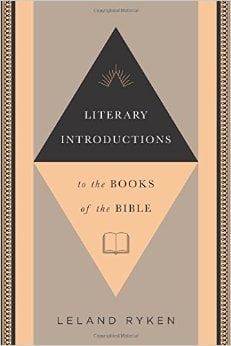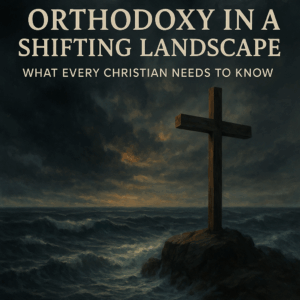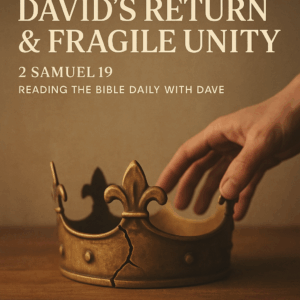⏱️ Estimated Reading Time: 4 min read
The Bible is a collection of individual books that collectively relay a singular message, namely that of redemption and restoration through the Messiah. Each book shares this message, some more overtly than others, through the genre and the literary patterns subsumed within that style of writing. Thus, understanding matters of a literary nature are vital to grasping the manner by which each book of the Bible declares the gospel message.
In his latest book aptly titled Literary Introductions to the Books of the Bible, Leland Ryken explores the important issue of literary style, walking the reader through the various themes, patterns, and mannerisms or techniques by which the biblical authors, under inspiration of the Holy Spirit, declare God’s message of salvation to the world.
For starters, this is a very helpful book. Ryken, by virtue of his academic credentials, he is quite adept at exploring such a topic. He saliently addresses the issues of each biblical book in a manner that will be of great service to scholar and laymen alike. If you are wholly unfamiliar with for example the apocalyptic genre, after reading this book, you will better understand why Revelation is written in the way it is. If you have studied such things for years, I am quite confident you will discover some additional nugget of truth and insight after reading Ryken’s contribution to this subject area.
Ryken engages each book of Scripture in a consistent manner which helps the reader know what to expect in each chapter. He begins with a bit of orientation to the book. This is indeed helpful as there are arguably many books in the Bible that are lesser known than others. For instance, I would venture to say that we spend a great deal more time reading the Psalms than we do reading Habakkuk. Ryken then provides some general concepts about the book that constitute a broad-based overview of the message the author of that book is trying to get across. If applicable, unique topics associated with each book are then addressed along with a helpful chart that outlines the major themes.
As he works through each book, separate discussions over important genres, forms, and techniques are explored. Each chapter concludes with a summary section titled “Literary Form and Religious Vision” that engages the books literary intentions, a summary of what the literary form contained in the book means for our lives, and some helpful literary tips for reading and studying the book given the increased knowledge one will know have on the topic of literary genre.
There was much to find interesting in this book. A prime example is in Ryken’s discussion of the historical books such as 1 Kings. We typically view such books as nothing more than a history book basing our approach on how we usually interact with history books – a collection of facts about events and the people involved and not much more. Ryken shares with the reader the genres of court history, hero stories, and dedicatory prayers that comprise 1 Kings. Each of these individual genres fall under the overarching umbrella of historical narrative help us further understand the particular event taking place and how they relate to the history of Israel. More importantly, they help us understand what God is doing in history to bring about His divine plan of redemption and restoration.
I highly recommend this book for all believers. As a homeschooling parent, I will be using this book as a tool for Bible class. It is written from the mind of a scholar who is adept at relaying scholarly information in a manner that can be understood and appreciated by all. If you desire to know more about the literary genre of Scripture and why it is important, give this book a read and keep it close by as you journey through God’s Word.




